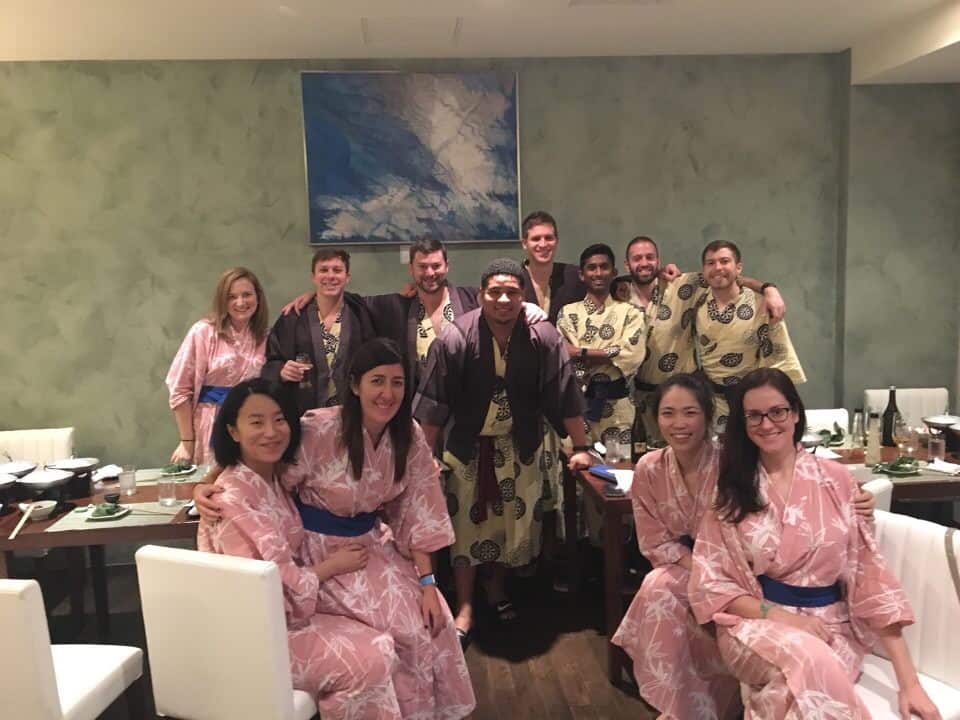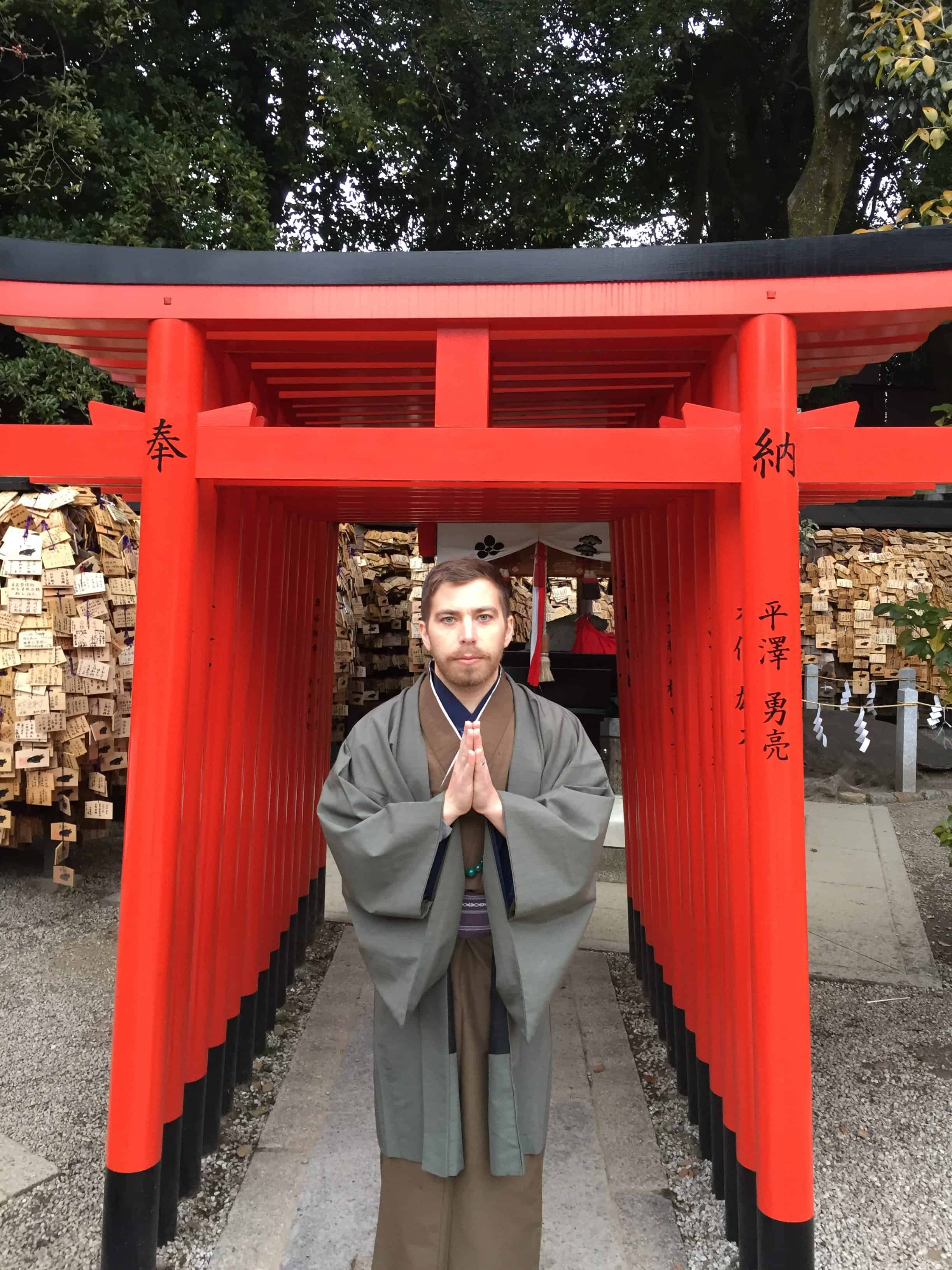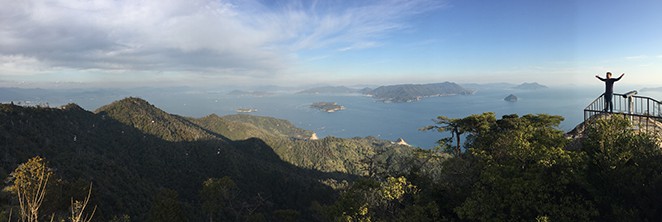Rensch: Two-week tour of Japan’s hidden treasures
 When I signed up for the 2017 Japan mid-semester module, I thought I would look back on the trip most impressed by the modern cities, bullet trains and even the sushi. While all of these were impressive, and part of a memorable trip, I was most affected by something I didn’t even know existed – namafu. Had this trip not been planned and led by four of my Japanese classmates, who spent months planning and detailing our two-week itinerary, I would not have encountered
When I signed up for the 2017 Japan mid-semester module, I thought I would look back on the trip most impressed by the modern cities, bullet trains and even the sushi. While all of these were impressive, and part of a memorable trip, I was most affected by something I didn’t even know existed – namafu. Had this trip not been planned and led by four of my Japanese classmates, who spent months planning and detailing our two-week itinerary, I would not have encountered
Had this trip not been planned and led by four of my Japanese classmates, who spent months planning and detailing our two-week itinerary, I would not have encountered namafu for the first time. The opportunity to truly experience a country as a local is an invaluable experience and one that is so rare.

As part of our mid-semester module, we visited five companies, one of them being Fuka. Our visit to this iconic Kyoto business was coordinated by our Japanese student guide who is a family friend of the owner. Fuka is a seventh-generation, family-owned and operated business now led by Shuichiro Kobori. The company’s rich history includes being a supplier to the Kyoto Imperial Palace for hundreds of years. Fuka is one of the most recognized and respected names for its mastery of a local delicacy called namafu.
So what is namafu? It’s a traditional Japanese delicacy based on highly refined wheat gluten that is combined with mocha rice flour, then steamed. The delicacy is comprised of 60 percent water. This is why Kyoto namafu and Fuka, in particular, are famous because the city’s water supply is from an underground water table that is fed by the surrounding mountains. This water is considered especially pure – and after trying it, I certainly agreed.

We watched Kobori work diligently in the kitchen folding, kneading and molding. Next, he added sesame seeds and put the giant blob in a machine that quickly mixed the sesame into the gluten. Afterward, he removed it from the mixer and rolled it out on the counter to cut pieces off for us to try. The texture was smooth and dense with a unique taste hard to equate to a western food.
At the end, we asked Kobori about his business. When asked about growing his business, Kobori said his lifelong pursuit is to be the best maker of namafu in the world. His motivations are not focused on increasing profit or finding ways to sell more of his product. Fuka even owns and operates a Michelin-rated restaurant in New York City. When asked about expansion, Kobori stated that his intent is to close the restaurant after 10 years because it does not align with his pursuit of namafu perfection.

To want to reach perfection stands in stark contrast to the profit-obsessed, short-term outlook that we have become so accustomed to in the U.S. Focus and commitment are a rare find in the modern business world. And yet, it consistently proves to be a differentiator. Kobori and his ancestors are committed to something much larger than a business model, customer segment or product mix. It seems to me the 400-plus year Fuka model may have something to teach us all.
